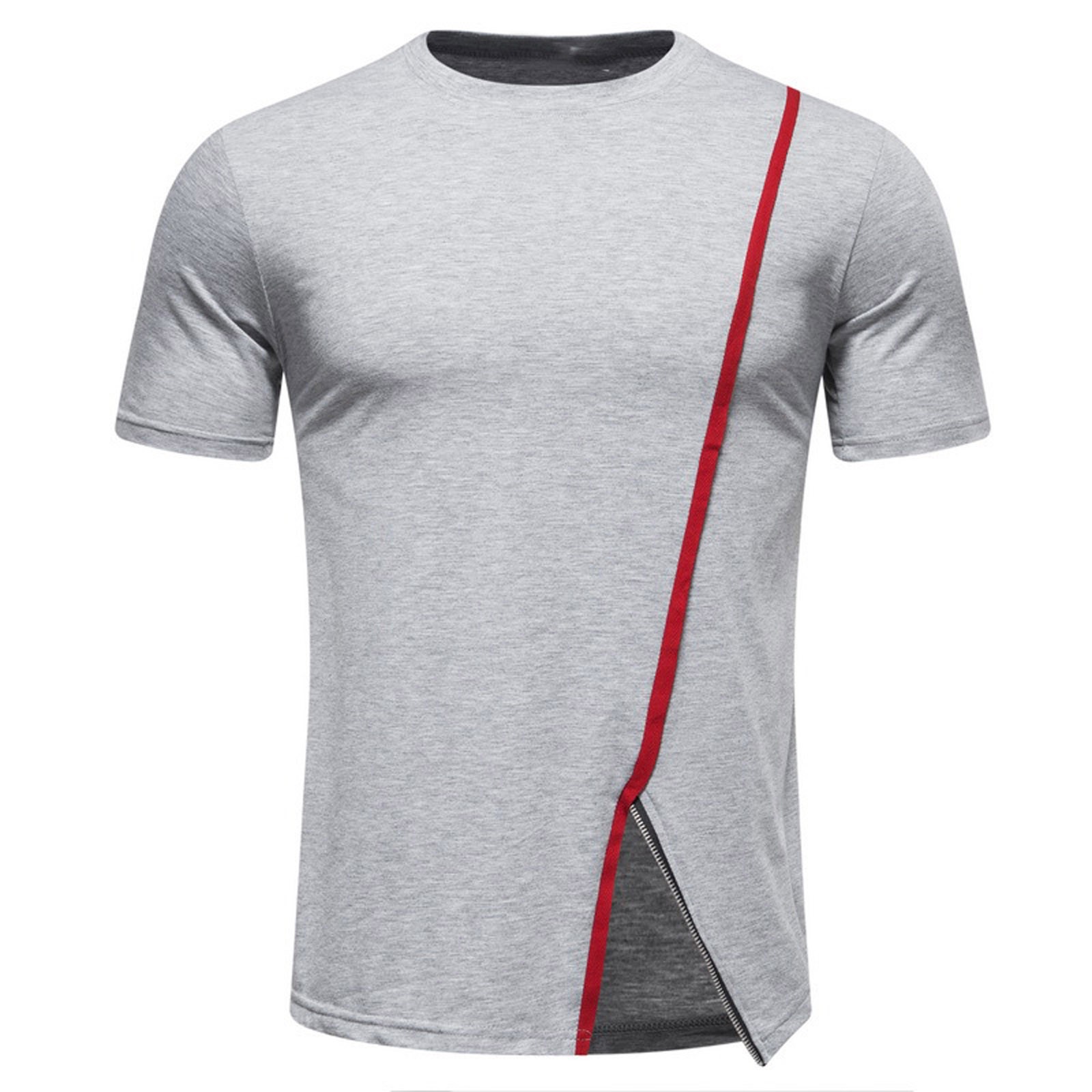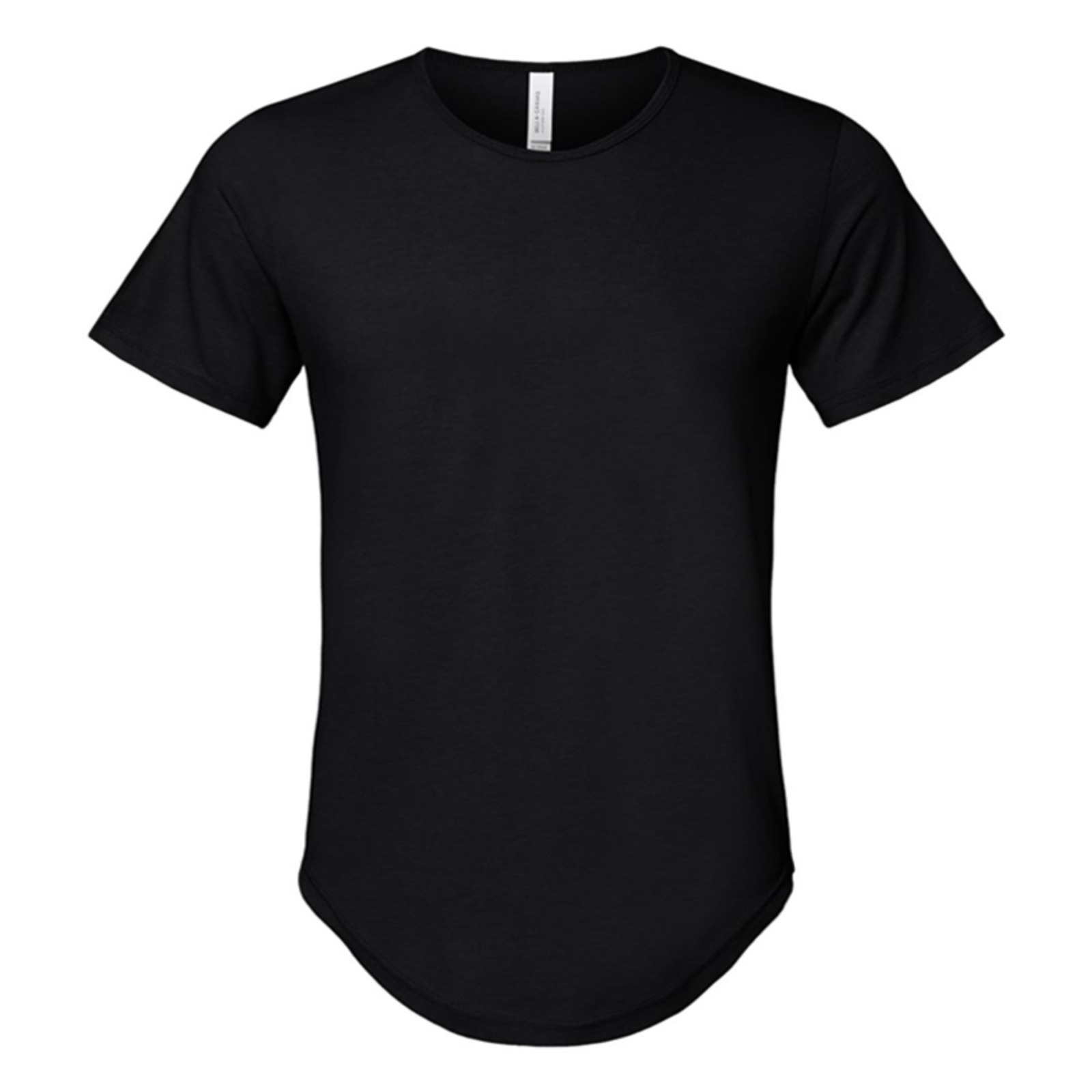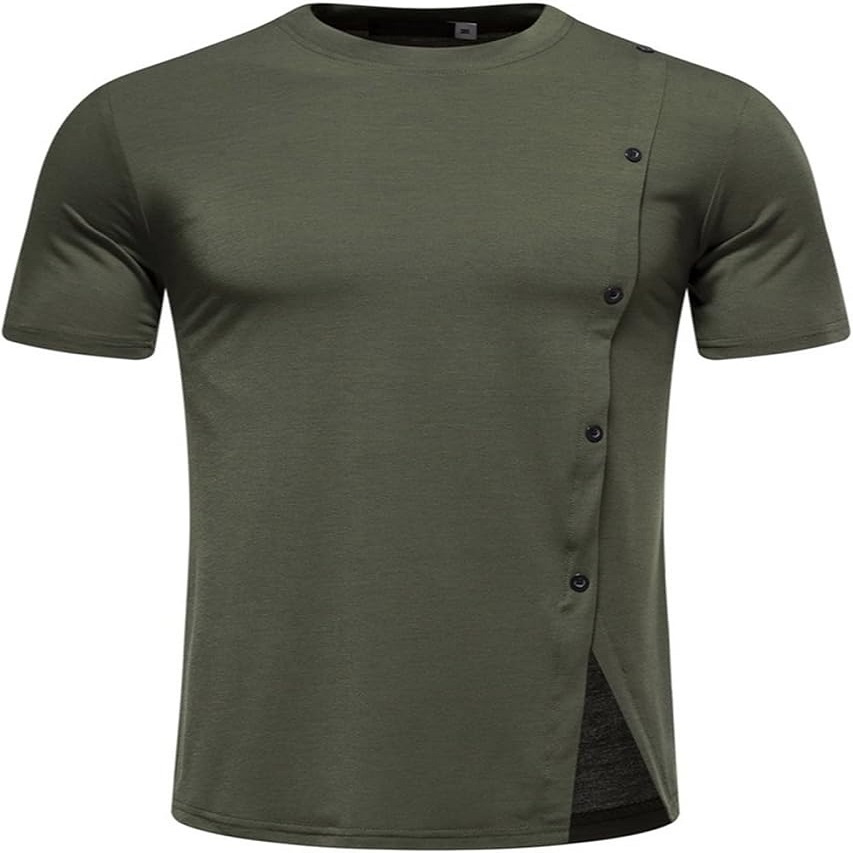Tools and Materials Needed for Hemming
How to hem shirts? Before learning how to hem shirts, gather the right tools and materials. This ensures a smooth hemming process. Start with a clean, well-lit workspace. Good lighting is crucial for precise work. Here’s what you’ll need:

- Fabric scissors: to cut the fabric cleanly and with precision.
- Measuring tape: for accurate measurement of the hem length.
- Seam ripper:for undoing stitches if needed.
- Iron and ironing board: to press the fabric for even hems.
- Straight pins: to hold the fabric in place before sewing.
These essentials will help you create a professional-looking hem. Make sure your thread and fabric color match to avoid visible stitching. Always test your sewing machine on a scrap piece of fabric first. Now, you’re ready to start the hemming process.
Preparing the Shirt for Hemming
Before starting to hem, proper preparation of the shirt is key. First, wash and dry the shirt. It prevents shrinking after hemming. Iron the shirt well. This helps you mark and cut accurately. Lay the shirt flat on your workspace. Ensure no wrinkles or folds interfere. Pick up the tools gathered earlier. Check if all are within reach for a seamless process. Remove any existing hem with a seam ripper carefully. This step is necessary only if the shirt was previously hemmed.
Measuring and Marking the Hem
Precise measurement is crucial when learning how to hem shirts. Start by wearing the shirt or having someone wear it for you. This step helps ensure the new hem falls at the desired length. Take the measuring tape and measure from the existing hem to where you want the new hem to end. It might be helpful to mark several points around the shirt to maintain an even line. Remember, it’s best to measure twice; cutting can’t be undone.
With the new hem length determined, lay the shirt down on your flat workspace. Make sure it’s smooth with no wrinkles. Using tailor’s chalk or a washable fabric pen, gently mark the shirt at the previously measured points. Connect these points to create a straight, even line all around the shirt. This line is your cutting guide. Double-check the measurements to avoid mistakes in cutting.

Cutting Techniques for a Clean Edge
After measuring and marking your hem, the next crucial step in learning how to hem shirts is cutting. Cutting the fabric correctly is vital for a clean finish. Follow these techniques for the best results:
- Use Sharp Fabric Scissors: Blunt scissors can damage the fabric and cause an uneven edge. Sharp scissors make a clean, straight cut.
- Cut Slowly and Steadily: Rushing can lead to mistakes. Take your time to follow the marked line accurately.
- Keep the Fabric Flat: Ensure the shirt remains flat on the workspace. This prevents jagged cuts and uneven hems.
- Check Your Pins: If you are using pins to secure the fabric, make sure they don’t shift as you cut. Reposition them if necessary.
- Control the Fabric, Not the Scissors: Move the fabric, not the scissors, for better control and a straighter line.
- Double-check the Length: Before you make the final cut, double-check the length against your measurements. It is better to cut less than more.
A clean edge is the foundation of a neat, professional-looking hem. When cutting, remember to take your time and focus on precision. If you follow these steps, you will have a well-prepared edge ready for sewing.
Sewing the Hem: Hand Stitching vs. Sewing Machine
Once you’ve cut your shirt, it’s time to sew the hem. You have two main options: hand stitching or using a sewing machine. Both techniques have their pros and cons, and the choice depends on your skill level, the tools you have, and the finish you desire.
For hand stitching, you’ll need a needle and thread. This method gives you a lot of control and can be very discreet, making it great for delicate fabrics or when a sewing machine isn’t available. To hand stitch, start by knotting your thread near the end. Then, fold the fabric along the pins to the inside of the shirt to match the hemline. Use small, even stitches to create a hem that’s strong and barely visible.
Sewing machines, on the other hand, are faster and can ensure a consistent stitch length. They’re ideal for thicker fabrics or multiple layers. Before using one, always check that the thread color matches your shirt. Place the fabric under the presser foot, remove the pins as you sew, and keep a steady pace. Remember to backstitch at the start and end to secure the stitching.

Adding Finishing Touches for a Professional Look
After sewing your hem, adding the finishing touches is key for a professional look. Here’s how to do it right.
- Press the Hem: Use an iron to press the hem flat. This sets the stitches and gives a sharp edge.
- Check for Loose Threads: Inspect the hem for any loose threads and trim them carefully.
- Try on the Shirt: Wear the shirt to ensure the hem is even and lays flat.
- Ensure the Color Match: Make sure the thread color blends well with the fabric.
- Test the Stretch: If the shirt is stretchy, gently stretch the hem to check the thread doesn’t snap.
- Look at the Inside: The hem should look as neat on the inside as it does on the outside.
Remember, your goal is to make the shirt look like it hasn’t been altered. Smooth lines, matched colors, and even stitching are all part of this. Take your time, and your shirt will have that store-bought quality.
Common Hemming Mistakes to Avoid
When learning how to hem shirts, avoiding common mistakes is crucial. These errors can ruin the effort put into tailoring your own shirts at home. Here’s what you should watch out for:
- Skipping Pre-washing: Always wash your shirt before hemming. This step prevents unwanted shrinkage after your work is complete.
- Inaccurate Measuring: Double-check your measurements before cutting. Mistakes here can lead to an uneven or too short hem.
- Not Allowing for Seam Allowance: Remember to include extra fabric for the hem fold. Not doing so can result in a hem that’s too narrow.
- Using Dull Scissors: Blunt scissors fray fabric and make rough cuts. Use sharp scissors for a clean edge.
- Ignoring Fabric Grain: Cut in line with the fabric’s grain to keep the hem straight. Going against it can cause twisting.
By steering clear of these pitfalls, your hemming project should go smoothly. Create neat, even hems with the right tools and techniques, and you’ll have a shirt that looks store-bought.

Caring for Your Hemmed Shirts: Washing and Ironing Tips
Once you’ve mastered how to hem shirts, caring for them is the next crucial step. The way you wash and iron your hemmed shirts can affect their look and longevity. Here are some easy-to-follow tips to keep your hemmed shirts in great condition.
- Wash Gently: Use a gentle cycle and cold water in your washing machine. This prevents the fabric from shrinking and the stitches from coming loose.
- Use Mild Detergent: Pick a mild detergent that’s kind to fabrics. Harsh chemicals can wear out your hemmed edges faster.
- Iron Inside Out: To protect the hemmed edge, iron your shirt inside out. This also prevents the thread from showing signs of wear.
- Avoid High Heat: When ironing, use a low to medium heat setting. High heat can damage the fabric and fade the color.
- Press Don’t Stretch: Gently press the hem with an iron; don’t stretch it. Stretching can distort the shape and ruin your hard work.
By caring for your hemmed shirts properly, they’ll stay looking sharp wear after wear. Remember, treat your tailored garments with care and they will last, looking as good as the day you hemmed them.
